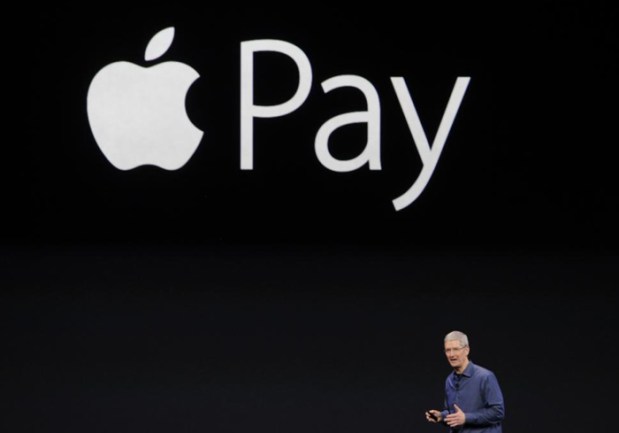Apple Pay Users 3X More Likely To Spend $250 Or More

A consumer survey has Apple Pay users saying that they are three times more likely to spend $250 or more than those using other mobile wallets, according to a Computerworld story about the survey from Retale.
But like everything else in life, context is everything. The survey of “more than 1,000 adult men and women in the U.S. (who) were polled between November 3-10, 2014,” according to Retale, found that “more than a third of respondents (68 percent) said they would be most comfortable using in-store mobile payment for items $50 and under, whereas 20 percent indicated comfort with the $50 to $250 range. Only 12 percent said they would be comfortable using mobile pay for a purchase over $250.”
First, it’s certainly accurate to say that 68 percent is more than a third, but that is way more than a third. The company didn’t post the actual survey results so it’s not clear if the 68 percent is a typo. Perhaps they meant 38 percent? More to the point, only one in five said they would be OK with purchasing anything more than $50 with a mobile wallet and only 12 percent said that they would be OK with anything more than $250. It may be true that those higher amounts are disproportionately represented by Apple Pay users, but a portion of 12 percent is still fairly tiny.
The Computerworld piece also said “Apple Pay users are more worried about losing their iPhone than data breaches (29 percent versus 26 percent), suggesting they feel secure with the system.” Or it might simply be that iPhones are expensive, popular and still suffering serious back orders, which makes shoppers worried about losing the phones. Someone stealing their phone is a very concrete risk, while a possible data breach is much more amorphous. When quantifying the level of worry in a consumer, the perceived likelihood of something happening generally trumps the potential fallout from each event. (I’m more worried about getting robbed than of being hit by a falling asteroid, even though the asteroid’s consequences are likely much worse.)
A different Computerworld story told of the rapidly increasing Apple Pay support among grocery chains.
“Apple’s latest success with Apple Pay includes the addition of support from hundreds of grocery stores within six major chains in the past week: BiLo Holding, 830 stores; Harvey’s and Winn-Dixie, 530; Albertson’s and Jewel-Osco, 180; Shaws and Star Markets, 150; United Food Stores, 60; and Associated Food Stores, 135. Wegmans and Whole Foods were already part of the original 35 retail chains offering Apple Pay in an estimated 225,000 stores, about 5 percent of all possible U.S. retail locations,” the story noted.
